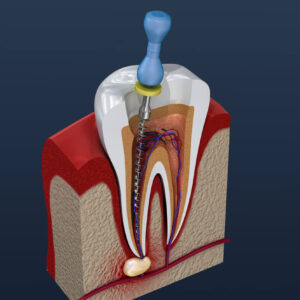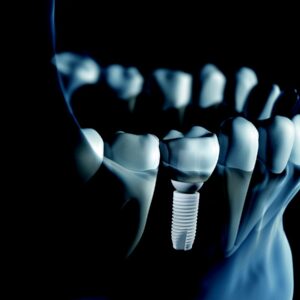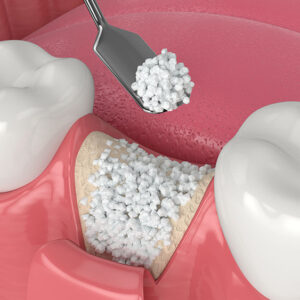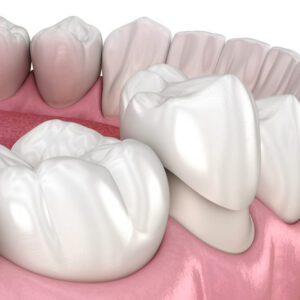

Free
Embark on a transformative journey with our exceptional range of medical treatments. As a leading medical tour operator, we offer a comprehensive selection of world-class treatments and procedures to address your unique healthcare needs. From advanced surgeries to cutting-edge therapies, our team of experienced professionals is dedicated to providing top-notch care and ensuring your comfort and satisfaction. Discover a new level of healthcare excellence with our tailored treatment options. Book now to start your journey towards a healthier and happier you.
Distraction osteogenesis (DO) is a surgical technique used in oral and maxillofacial surgery to generate new bone following a corticotomy or an osteotomy and gradual distraction. The method is based on the tension-stress principle proposed by Ilizarov. The gradual bone distraction creates mechanical stimulation, inducing biological responses and bone regeneration. It is a well-established technique for bone and soft tissue formation in moderate to severe bone deficiency cases, both in the mandible, maxilla, and midface.
The procedure involves cutting and slowly separating bone, allowing the bone healing process to fill in the gap. This is accomplished by a cascade of biological processes, including differentiation of pluripotential cells, angiogenesis, osteogenesis, and bone mineralization. In facial bones, the method has been proven to be predictable in animal studies with the generation of new bone and has been used in clinical practice.
Distraction osteogenesis is suitable for individuals with moderate to severe bone deficiency cases in the mandible, maxilla, and midface. It is particularly useful for addressing craniofacial and dentofacial anomalies, and it holds great potential for various osseous defects encountered within the craniofacial skeleton.
Distraction osteogenesis may not be suitable for individuals with certain medical conditions or those who are not in good overall health. Careful preoperative planning and proper case selection are critical to a successful outcome.
Careful preoperative planning and proper case selection are critical to a successful outcome. Acquiring all necessary preoperative data and analyzing data to precisely define existing deformities is essential.
Postoperatively, patients are supplied with appropriate analgesics to keep them comfortable and antibiotics to fight off infection. Close postoperative follow-up is necessary, as distraction osteogenesis represents a prolonged therapy, typically lasting at least 3 months and requiring multiple clinical visits.
Only logged in customers who have purchased this product may leave a review.






Distraction osteogenesis (DO) is a surgical technique used in oral and maxillofacial surgery to generate new bone following a corticotomy or an osteotomy and gradual distraction. The method is based on the tension-stress principle proposed by Ilizarov. The gradual bone distraction creates mechanical stimulation, inducing biological responses and bone regeneration. It is a well-established technique for bone and soft tissue formation in moderate to severe bone deficiency cases, both in the mandible, maxilla, and midface.
The procedure involves cutting and slowly separating bone, allowing the bone healing process to fill in the gap. This is accomplished by a cascade of biological processes, including differentiation of pluripotential cells, angiogenesis, osteogenesis, and bone mineralization. In facial bones, the method has been proven to be predictable in animal studies with the generation of new bone and has been used in clinical practice.
Distraction osteogenesis is suitable for individuals with moderate to severe bone deficiency cases in the mandible, maxilla, and midface. It is particularly useful for addressing craniofacial and dentofacial anomalies, and it holds great potential for various osseous defects encountered within the craniofacial skeleton.
Distraction osteogenesis may not be suitable for individuals with certain medical conditions or those who are not in good overall health. Careful preoperative planning and proper case selection are critical to a successful outcome.
Careful preoperative planning and proper case selection are critical to a successful outcome. Acquiring all necessary preoperative data and analyzing data to precisely define existing deformities is essential.
Postoperatively, patients are supplied with appropriate analgesics to keep them comfortable and antibiotics to fight off infection. Close postoperative follow-up is necessary, as distraction osteogenesis represents a prolonged therapy, typically lasting at least 3 months and requiring multiple clinical visits.
There are no reviews yet.
Only logged in customers who have purchased this product may leave a review.
Choosing the right hospital and physician are important factors to consider that significantly influence a patient’s treatment. The preferred choice for many patients is choosing private care.
Choosing the right hospital and physician are important factors to consider that significantly influence a patient’s treatment.
Reviews
There are no reviews yet.